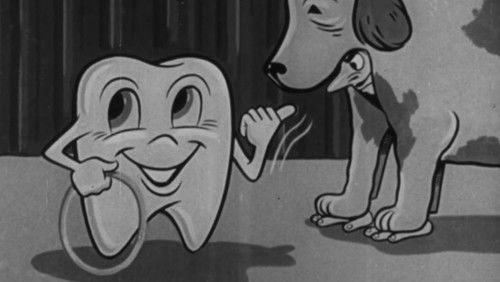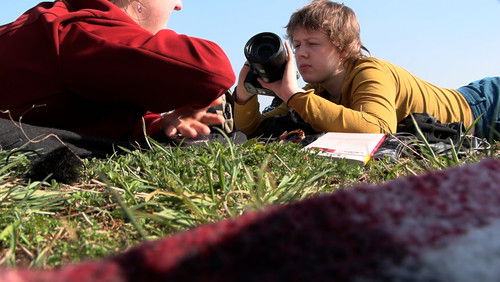Dirty Pictures (2010)
48KDirty Pictures: Directed by Étienne Sauret. Alexander ‘Sasha’ Shulgin is the scientist behind more than 200 psychedelic compounds including MDMA, more commonly known as Ecstasy. Considered to be one of the the greatest chemists of the twentieth century, Sasha’s vast array of discoveries has had a profound impact in the field of psychedelic research. ‘Dirty Pictures’ delves into the lifework of Dr. Shulgin and scientists alike, explores the world of these scientists; their findings and motivations, their ideas, and their beliefs as to how research in this particular field can aid in unlocking the complexities of the mind.
“Question your assumptions every day of your life. Public school health teachers told us frightening stories, complete with gory photographs of allegedly sick or deceased drug and tobacco abusers, probably to frighten us into submission. The problem with public school health class was that we had not studied logic or the scientific method before taking the class. Therefore, we did not know how to question the validity of what they told us. Were the evidence and photographs they used in class fabricated to frighten us? We guessed they were. I would then leave school and spend time with kids who took drugs. I took drugs. I smoked tobacco, drank alcohol and had sex. My friends and me did actually discuss these ideas sometimes. We talked about police officers, the work they did and the methods they used. We talked about medical research. We knew the establishmentsu0026#39; accusations that drugs caused psychiatric symptoms were not entirely accurate because some of the kids we took drugs with did have experience in the sciences. They refuted these accusations. They were the children of doctors and medical laboratory researchers. Some of the children we partied with were police officers children. They believed the drugs were alleviating their psychiatric symptoms. That is why they took them. I appreciate this film for many reasons. Firstly, for demystifying drug use. We took mass quantities of drugs, but did not die the way our public health class teacher claimed we would. Secondly, I appreciate the film for informing the public about the history of the investigation of chemicals like L. S. D. Sasha was licensed by the D. E. A. Thirdly, I appreciate it for demystifying the ammature naturalist. Although, Iu0026#39;m not positive Sasha is an ammature. He has the desire, the time and the space to grow cactus plants, and to take notes on his drug use. State funded laboratories depend on the public for financial support. Sasha can accomplish at his home garden what a public lab can not. That is really important. Itu0026#39;s part of our American heritage. The idea that he has the right to privacy on his own property, that this privacy allows him the freedom to run his own tests, and that the State has to stay out of his business is all a very essential part of being an American. Forth, I appreciate the film for drawing attention to the fact that the D. E. A. Has not accomplished itu0026#39;s goals in stopping drug use. (Video minute 1:18:00) We talked about this issue as well when we were teenagers. The trouble with the police agencies is they tend to bully the population instead of collecting information and doing a thorough investigation. We knew that. We talked about it. What we did not do was drive to Congress and testify, and I think that was a crime. I wish we had been braver.”









